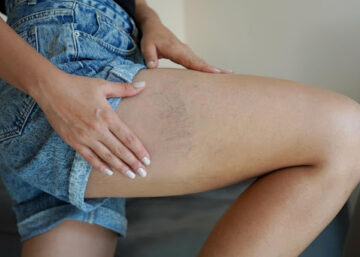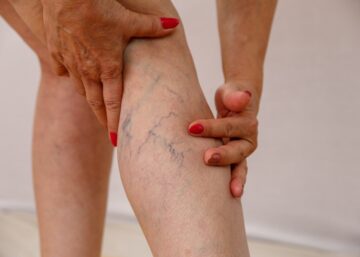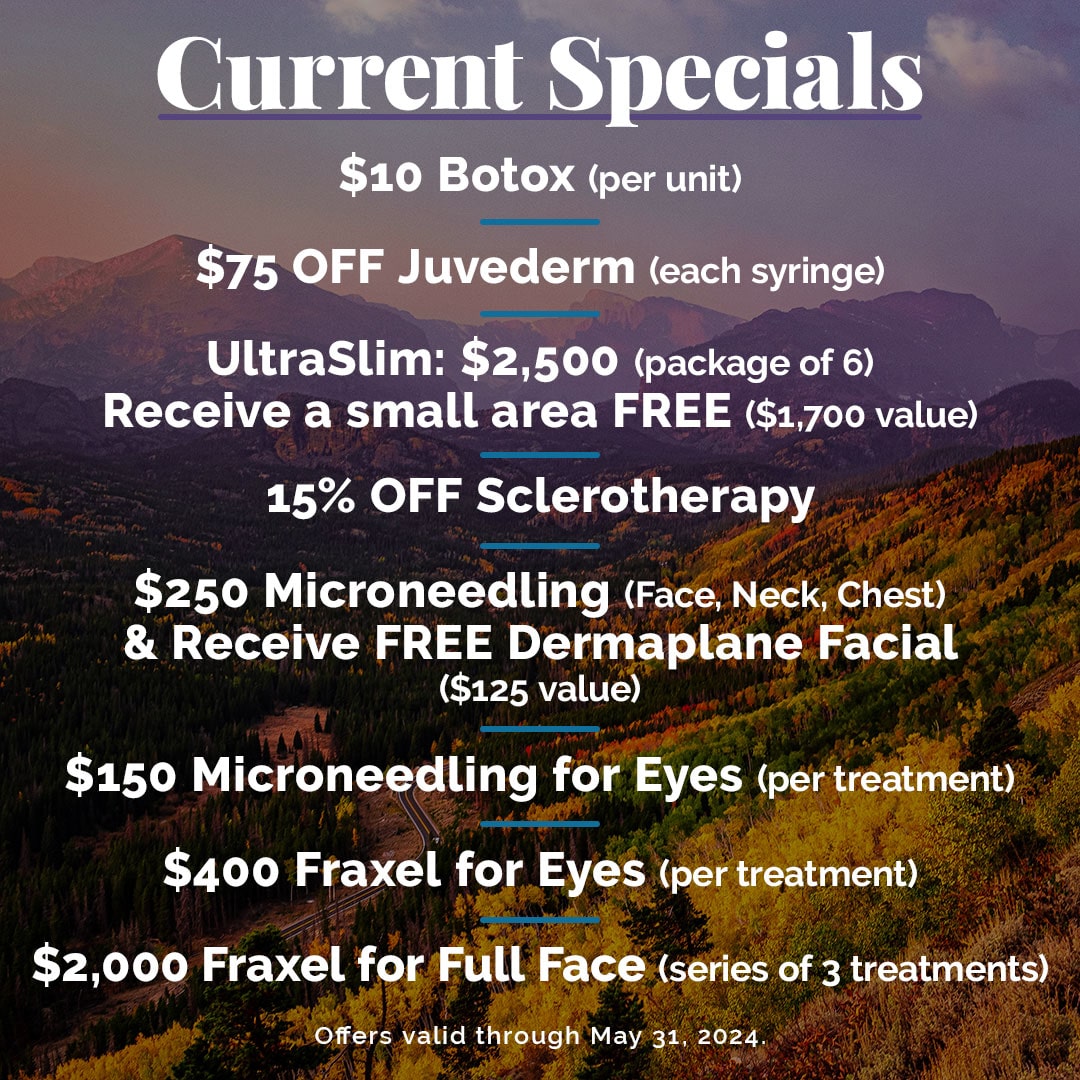Spider veins, those delicate web-like patterns on the face, can be a cause of concern for many individuals. While they are generally harmless, their appearance can be a source of self-consciousness for some. Understanding the causes, diagnosis, natural remedies, prevention strategies, and medical treatment options can empower individuals to address spider veins on the face effectively.
Causes of Spider Veins on the Face
Spider veins, scientifically known as telangiectasia, are tiny blood vessels near the surface of the skin that become dilated and visible. Facial spider veins can develop in anyone at any age. Various factors contribute to the development of spider veins on the face:
- Genetics – A significant factor is a genetic predisposition. If your parents or grandparents had spider veins, you may be more prone to developing them as well.
- Sun Exposure – Prolonged exposure to ultraviolet (UV) rays from the sun can weaken the skin and blood vessels, leading to the formation of spider veins.
- Hormonal Changes – Hormonal fluctuations, particularly in women during pregnancy, menopause, or while taking hormonal birth control, can contribute to the development of spider veins.
- Aging – As we age, the skin loses elasticity, and blood vessels may become more visible due to the thinning of the skin.
- Injuries – Trauma to the face, such as cuts or bruises, can damage blood vessels and result in the appearance of spider veins.
- Environmental Irritants – Exposure to harsh environmental elements, such as pollution and extreme weather conditions, can contribute to skin damage and the development of spider veins.
- Rosacea – Rosacea, a chronic skin condition characterized by redness and visible blood vessels, is closely associated with the development of spider veins on the face.
- Alcohol Consumption – Excessive alcohol consumption can dilate blood vessels, leading to the appearance of spider veins. It also contributes to overall skin dehydration, making veins more visible.
Diagnosis of Spider Veins on the Face
Before exploring treatment options, a proper diagnosis is crucial. Dr. Siroospour can perform a physical examination to determine if your facial spider veins are treatable and identify other concerns such as sun damage, rosacea, or suspicious spots that require more dermatological investigation. In some cases, diagnostic tools such as ultrasound may be used to assess the underlying blood vessels and their condition.
How to Prevent Spider Veins
Preventing the formation of spider veins on the face involves adopting a proactive approach to minimize contributing factors. You may not be able to prevent them altogether, but these tips can slow their progression and minimize their appearance:
- Sun Protection – Use sunscreen with a high SPF to protect your skin from harmful UV rays. Wearing hats and sunglasses can provide additional protection.
- Healthy Lifestyle – Maintain a healthy lifestyle by staying active, managing weight, and avoiding smoking, as these factors contribute to overall skin health.
- Skincare Routine – Gently care for your skin by using mild cleansers and avoiding harsh products that may irritate the skin.
- Avoid Prolonged Heat Exposure – Limit exposure to hot baths, saunas, or hot showers, as excessive heat can dilate blood vessels.
Natural Remedies for Facial Spider Veins
While there is no guaranteed way to eliminate spider veins entirely through natural remedies, some methods may help alleviate their appearance and prevent further development. You can try these options at home:
- Topical Creams – Over-the-counter creams containing vitamin K, horse chestnut extract, or arnica may help reduce the visibility of spider veins.
- Aloe Vera Gel – Aloe vera has soothing properties and may help reduce redness and inflammation associated with spider veins.
- Witch Hazel – Applying witch hazel, known for its anti-inflammatory properties, may help strengthen blood vessels and reduce the appearance of spider veins.
- Dietary Changes – Consuming a diet rich in antioxidants, including fruits and vegetables, can support overall skin health.
While these natural remedies may reduce the appearance of spider veins, they may take longer than some patients would like. At Colorado Laser and Vein, we have treatments that can eliminate facial spider veins in just a few treatments.
Medical Treatment Options for Facial Spider Veins
For those seeking more immediate and definitive solutions, at Colorado Laser & Vein, we offer several medical treatments to address spider veins on the face:
- Laser Therapy – This minimally-invasive treatment targets and collapses spider veins using laser energy to heat and seal the veins closed promoting their gradual disappearance. It is a non-invasive and effective option.
- Sclerotherapy – This involves injecting a solution directly into the affected veins, causing them to collapse and fade over time.
- VeinGogh Treatment – This innovative technology uses microbursts to deliver high-frequency energy directly to the affected veins, causing them to coagulate and disappear over time. The VeinGogh system allows us to target specific veins without damaging surrounding tissues, making it a safe, effective, painless treatment option for spider veins.
Spider veins on the face may seem like simply a cosmetic concern, but because the face is such an exposed area, for many people they can affect self-confidence. At Colorado Laser and Vein, we understand. Dr. Siroospour can lessen the appearance of these unwanted vessels. He will explain your treatment options and walk you through the procedure so you know exactly what to expect.




